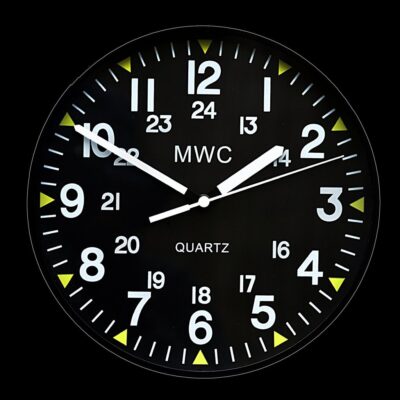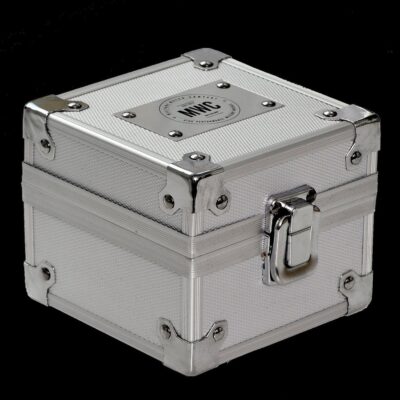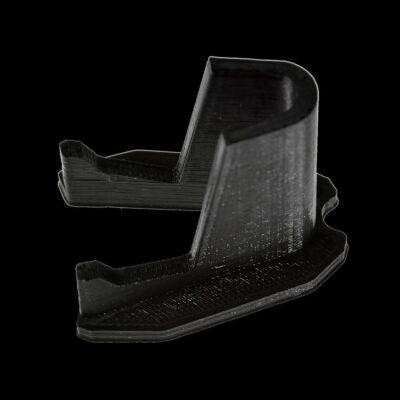News
Why the U.S. Air Force Just Deeply Cut its F-35 Procurement Plans
The U.S. Air Force has confirmed plans to significantly reduce procurements of F-35A fifth generation fighters for the remainder of the decade, as the service is forced to contend with growing strain on its budget from a wide range of competing programs. A new plan for fighter procurements provided to Congress has indicated that the overall fighter fleet will contract, at least temporarily, while F-35 procurements will remain far below previously planned levels. The Air Force previously planned to procure F-35s at a rate of 110 per year, before cutting this to 80, 60 and finally 48. The fighter’s major overruns in procurement and operational costs were primary factors that led the service to significantly reduce planned numbers.
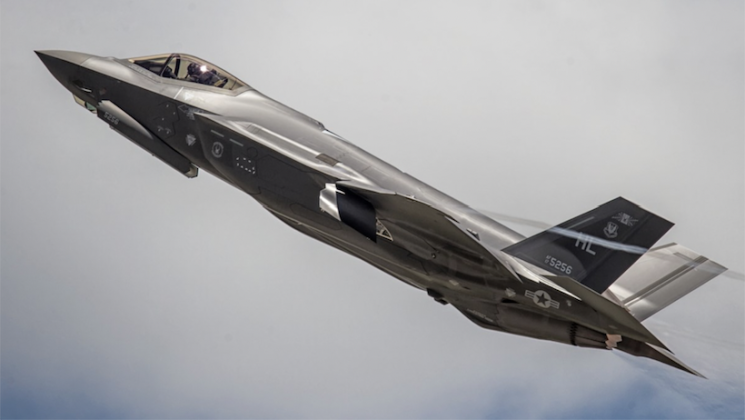
The Air Force currently plans to procure 39 F-35s in Fiscal Year 2027, just 18 in 2028, 32 in 2029, and 39 in 2030. The service made clear that the numbers “do not represent procurement targets but are the desired overall USAF possessed inventory on the ramp.” “Recapitalisation of aging platforms due to early lot obsolescence (e.g. F-35) diminishing parts availability (F-35 and F-15E) and other factors will drive procurement of aircraft above the [total aircraft inventory] requirement,” its report stated. It also highlighted plans to phase early production F-35s, namely those with Technology Refresh 2 (TR-2) software, out of service, while focusing on modernising those with TR-3 and TR-4 software, with these planned retirements expected to further reduce the number of stealth fighters in service. These older F-35s have been assessed to cost more to modernise than the cost of building new F-35s, making their retention in service with very limited combat capabilities far from cost effective.
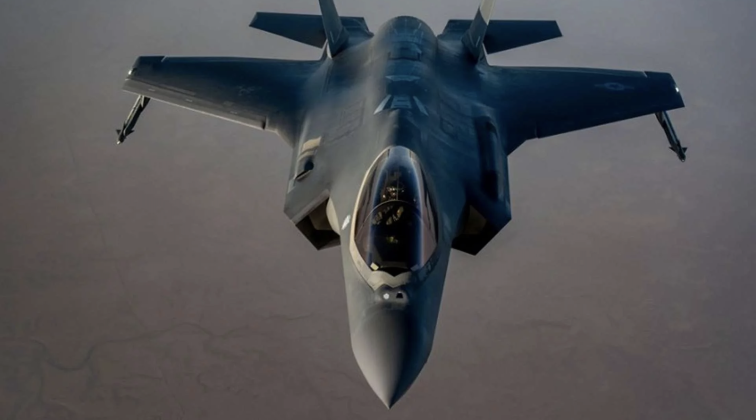
Beyond the F-35’s major cost overruns, two further primary factors are thought to have influenced the Air Force’s decision to deeply reduce F-35 procurements. The first is the major delays to efforts to modernise the fighter to a Block 4 standard, with pre-Block 4 combat capabilities considered insufficient for the service’s requirements. Fighters that are not built to this standard will require costly upgrades later on to realise Block 4 level capabilities, which creates a strong incentive to limit orders until this standard is reached. TR-3 software that is key to facilitating Block 4 was previously expected to be reached around the early 2020s, and the Block 4 standard around 2025. In February 2025 the Pentagon’s Director of Operational Test and Evaluation reported that operational testing of TR-3 software on the F-35 was unlikely to commence before 2026, with further delays remaining possible. Delays have worsened despite a significant watering down of the requirements to bring the aircraft to the Block 4 standard, with this standard now only expected to be reached in the early 2030s.
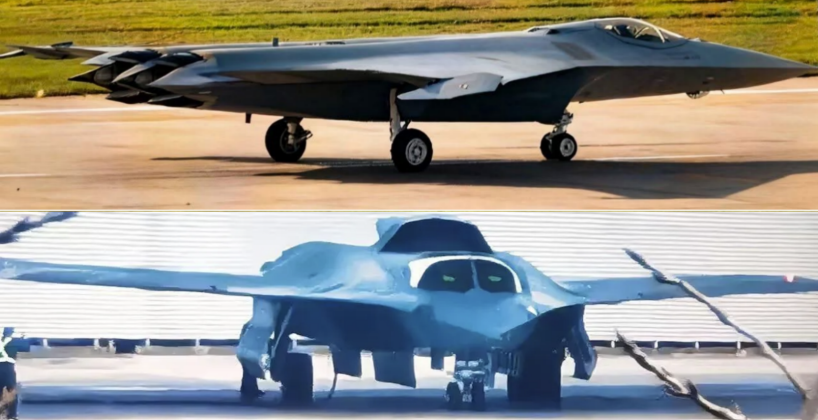
The third major factor thought to be limiting the Air Force’s interest in large scale F-35 procurements is expected service entry of Chinese sixth generation fighter aircraft in the early 2030s, against which the older fifth generation fighter is expected to be left largely obsolete. The release of footage showing two Chinese sixth generation fighter aircraft in flight directly resulted in a fall in stock values for the F-35’s primary contractor, Lockheed Martin, due to the expectation that this would reduce demand for the fighter. Washington had within three months announced renewed support for the Air Force’s own F-47 sixth generation fighter program, which was previously at high risk of cancellation due to funding shortages. This new aircraft is expected to cost more than four times as much as the F-35 to procure, and will continue to compete with it for funding. A possibility remains that delays to the F-47’s development could lead the Air Force to show a renewed interest in procuring modernised variants of the F-35 that integrate a number of sixth generation technologies, which have been pitched by Lockheed Martin as a ‘5+ generation’ capability to reduce the disadvantage that frontline units face against Chinese aviation.








